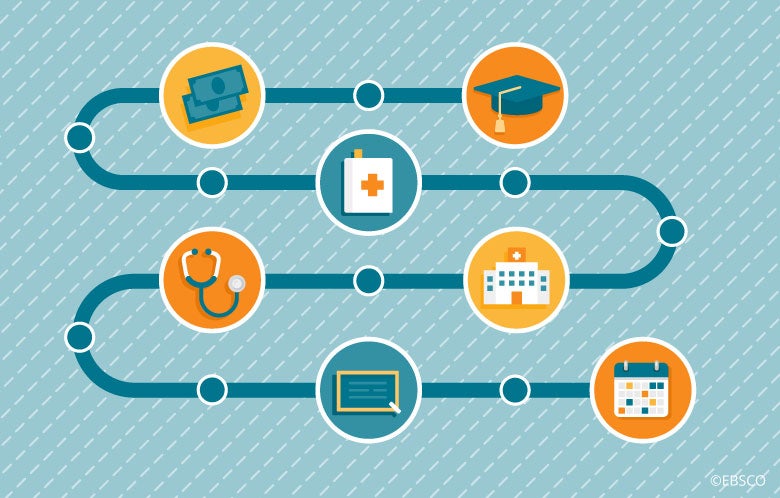Currently, there are 1,465,200 Americans incarcerated in the United States, according to the Bureau of Justice Statistics. The Equal Justice Initiative finds that 49 percent of the US population has an immediate family member who is currently or formerly incarcerated.
What’s it like to go to jail? At the age of 28, I found out. When visiting someone in jail, you cannot bring medication, phones, heart rate monitors, diabetes glucometers, pens, highlighters, or more than one plastic baby bottle and diaper if you bring a baby. Obviously, anything glass or metallic is prohibited, including a stethoscope. One key is allowed, and there is a dress code enforced by the Federal Bureau of Prisons, so dress appropriately.
Jail is cold, loud, scary, and there is not much sleeping or eating going on. Anger and fear permeate cinderblock walls, which are painted ineffectively in pastel colors. Looking in the slit-like windows got me an eyeful of banging, screaming, and yelling by a couple prisoners whose privacy I violated with my peering, shifty eyes. It literally made me sweat.
I went through these experiences at a local prison for two weeks and at jail for three months while in nursing school. My first stop was the Denver Reception & Diagnostic Center (DRDC), a waystation-prison in which I performed health assessments to triage inmates according to their health status and ability to tolerate “boot camp”, high-altitude incarceration, or determine if they needed more intensive medical care. By default, the DRDC is a high security prison; it takes all comers including inmates destined for minimum and high-security federal prisons. Everyone is locked down for 23 hours a day as they are sorted psychologically, medically, and behaviorally.
My physical exams were not smooth encounters. I struggled to remember to stay between the inmate and the door, and my nerves were rattled by 100 percent guard supervision through multiple cameras and a very large one-way mirror. But through this experience, I became interested in what leads to incarceration, and how incarceration impacts the health of the larger community.
My second, longer experience was spent in the women’s detention center of a county jail, where I conducted a needs assessment for the local health department. Women are a small minority of incarcerated people, but a recent study by the Urban Institute demonstrates that these numbers are growing, and I needed to look for funding to develop these health and support services for women prisoners. As part of my needs assessment, I conducted interviews with about 30 incarcerated women, collected demographic and conviction information, and talked with prison guards and prison nurses about the social-emotional, physical, and mental health of women serving jail time for short periods.
During this fascinating and sometimes scary period of my nursing education, I learned something so obvious about nursing that it is not always taught in school. Nursing is caring. Nursing is identifying the problem and finding a solution, in whatever way makes a difference.
During this fascinating and sometimes scary period of my nursing education, I learned something so obvious about nursing that it is not always taught in school. Nursing is caring. Nursing is identifying the problem and finding a solution, in whatever way makes a difference.
I found that minority women were overrepresented in this particular facility, especially Black and Indigenous people. The women in my study were in jail for crimes such as false reporting, failure to appear, forgery, or drug offenses; yet many were repeat offenders of these crimes. I learned that many incarcerated women have untreated chronic and acute illnesses, from mental health and substance use disorders to diabetes, asthma, sexually transmitted infections, and tuberculosis. These illnesses all needed treatment, and quite a few people told me these issues created a strong pull back to jail for a variety of reasons.
The women I spoke with described some unique and frightening challenges. I learned that women are more likely than men to be charged as criminal accomplices to drug crimes, indicating they could be vulnerable to retribution after release. They are likely to return to violent or abusive relationships. Lastly, incarcerated women are likely to be the primary caregivers for children, and upon release are underprepared to take these responsibilities back. The women I met in jail were intelligent, resilient, and tough. Many had seen and done things they were not proud of, but they and their families often were teetering right on the edge of devastation.
During this fascinating and sometimes scary period of my nursing education, I learned something so obvious about nursing that it is not always taught in school. Nursing is caring. Nursing is identifying the problem and finding a solution, in whatever way makes a difference.
My needs assessment eventually led to a grant and I developed a reproductive health care program integrated with the county health department for women upon release. I hope that makes a little bit of difference. There is still so much more to learn about this vulnerable population, such as what happens after release, and why some people return again and again for stays in jail. By caring for these women, we can impact their families, and by caring for the families, we can impact the community. In community health, there is always a lot of work to be done.
When I graduated, my advisor suggested to me that I consider a career in corrections research. Go back to jail? As long as I can come home at night.
- A matter of time: the unequal burden of long prison terms. Accessed October 1, 2020. http://urbn.is/2sNMSUs



